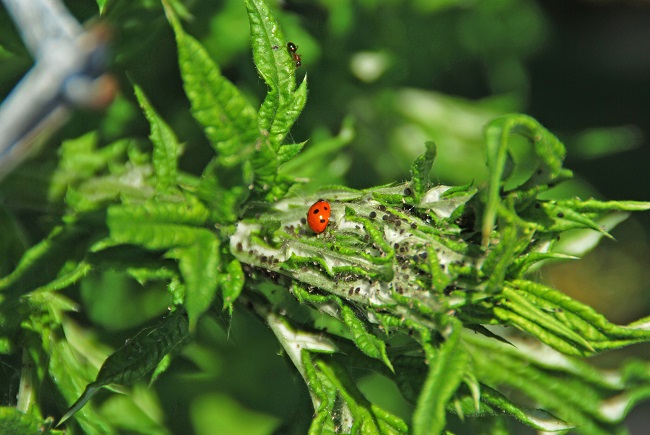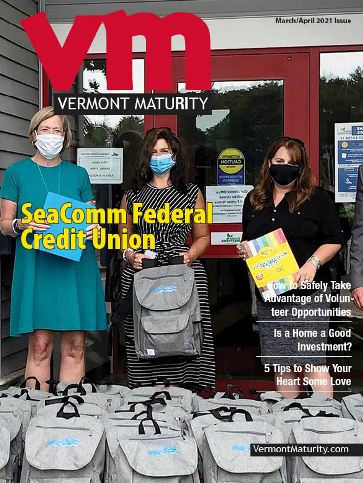Homegrown fresh vegetables not only taste better; they are more nutritious. Plus, you can control what products are applied to the plants to control insect pests and disease.
The first steps to growing a productive vegetable garden and protecting your harvest begin with proper planning and care. Select the most disease-resistant varieties available when planning your garden. Then plant them in properly prepared soil with the amount of sunlight they require. Provide the necessary ongoing care and your plants will be healthier and better able to tolerate pest problems.

Even when you do everything right problems can still arise; it is just a part of gardening.
Further reduce the risk of problems with regular visits to the garden. Check along the stems and under the leaves for any clues that insect pests have moved into your garden. It is much easier to manage small populations of harmful pests than dealing with them after they have had time to rapidly reproduce to larger quantities.
At the same time, look for lady beetles, green lace wings and other good insects that eat a variety of garden pests. Leaving a few pests to attract these good insects is often an easy, yet effective way to manage the harmful ones.
Enlist the help of songbirds by attracting them with birdbaths and feeders. Many birds supplement their diets with insect protein. Just protect young seedlings as many birds also like fresh greens. If you need to lend nature a hand, remove small populations of insects by hand or use a strong blast of water to knock aphids and mites off plants. This is often enough to manage the damage and minimize their impact on your garden harvest.
Barriers of floating row covers can keep cabbage worms, onion maggots, Japanese beetles, and some other insects from laying eggs on their favorite plants. Cover the plants with the fabric at planting, anchor the edges and leave enough slack for plants to grow. Uncover flowering plants as soon as blossoms appear if bees are needed for pollination.
Set out yellow bowls filled with soapy water. The yellow attracts aphids and some other harmful pests. The insects gravitate toward the yellow, then crash into the soapy water and die.
If the problem insects are winning the battle, you may be tempted to reach for chemical controls. Instead, look for the Organic Materials Review Institute (OMRI) certification on product labels. This independent non-profit organization reviews products for use in organic gardens, production, and processing.
As always, read and follow label directions for any organic, natural, or synthetic chemical used. Heeding label directions ensures safe application and effective control. By working with nature and investing some time and creativity you can safely minimize insect problems and maximize your garden’s harvest.
Melinda Myers has written more than 20 gardening books, including Small Space Gardening. She hosts the “How to Grow Anything” DVD series and the Melinda’s Garden Moment TV & radio segments. Her website is MelindaMyers.com.
Related Articles & Free Vermont Maturity Subscription

How to Expand Your Planting Space
Safely Manage Insect Pests in Your Gardens







Comment here